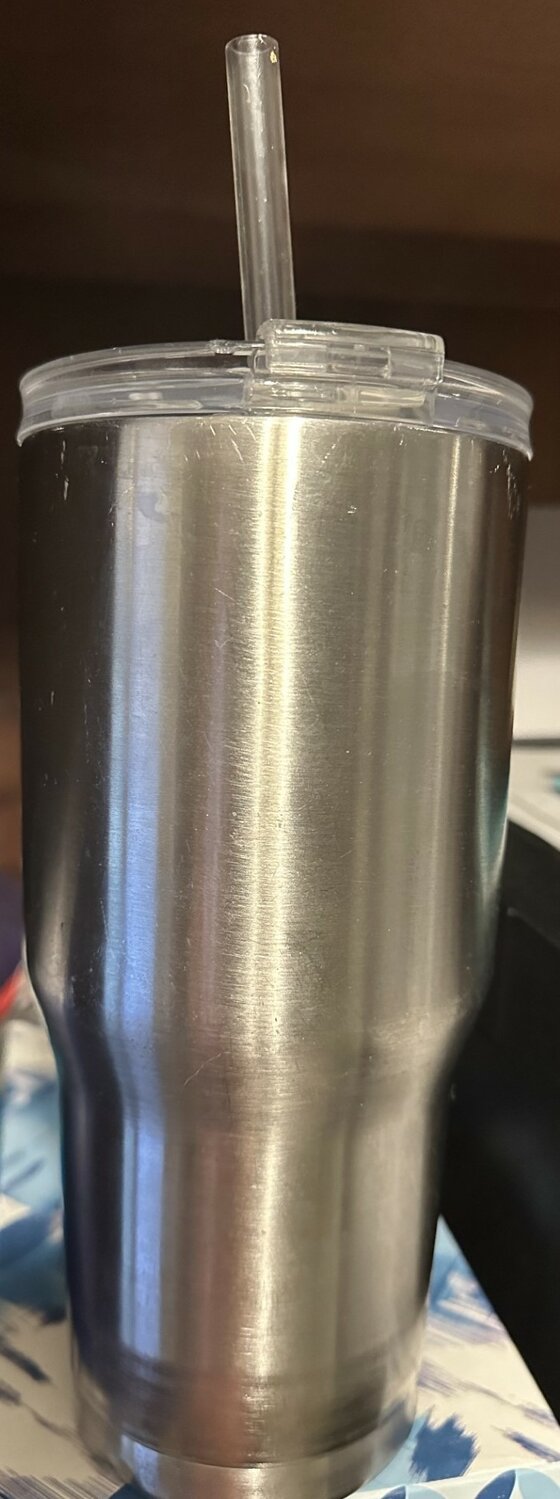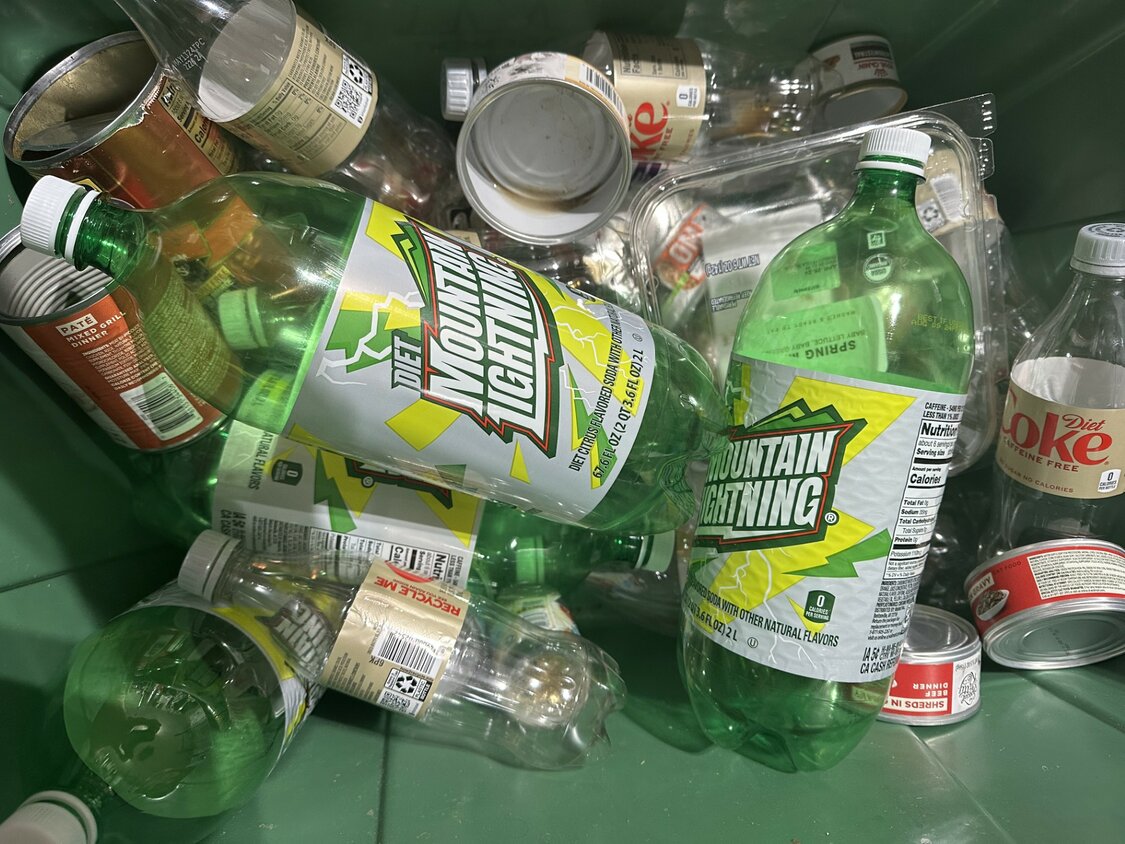Time to face the facts: Recycling was a lot of trash talk
I was like the rest of you – albeit an increasingly shrinking number of you – who was disappointed to learn the county will likely do away with recycling plastics and metal cans at the end of September.
Instead of blaming our elected officials for taking the easy way out or trying to save a buck, I did what few, if any, did. I studied the facts. I learned that recycling turned from a noble idea into a financial farce over a decade ago.
Truth: there is reason, a market and profit in recycling clean corrugated cardboard. There is no market or reason to recycle anything else. No matter how many trees you hug, those facts won’t change.
Even if the Board of County Commissioners agrees to pay to have cans and plastics collected, they probably will end up in a landfill. Taxpayers will pay an additional surcharge to their regular trash pickup to have cans and plastics thrown in the same garbage pit as their banana peals, chicken bones and coffee grounds. For that to work, my conscience has to be for sale.
It’s not.
The problem with plastic is it’s often made with a toxic cocktail of chemicals to cut costs. If the choice is doing what's best for the environment or the bottom line, all you have to do is look at a landfill to see which side Corporate America picks.
Plastics contain more than 13,000 different chemicals, and as many as 3,200 are known to be hazardous to humans. When plastic is recycled, toxicity levels increase. And more chemicals are often added during the recycling process.
And yet, we still pay to have companies take them away – only to throw them in a landfill.
More than 2,000 municipalities are paying extra fees in addition to their regular trash to dispose of recyclables. Most, if not all, wind up in landfills.
One city in Volusia County admitted that 55% of recyclables went straight to landfills, and the mayor boasted that wouldn’t change no matter how much residents were charged.
Why? Because most recyclables are mixed with contaminated materials. The only acceptable plastics are marked with PETE Code 1 or PETE Code 2. Admit it, you didn’t check your plastics, did you? No, you didn’t. Even with the best intentions, since there are seven PETE Codes, odds are you’ve been trying to recycle unapproved plastics anyway.
When non-recyclable materials are mixed with acceptable recyclables, the entire batch is often unusable. That means the whole load winds up in the landfill.
Even the accepted PETE Code 1 and 2 recyclables can sometimes undergo the process only one or two times because they easily downgrade and that limits their usefulness in future use.
Actually, a lot of the United State’s plastics ended up in the ocean instead of being repurposed into new containers. Until 2018, the United States exported 16 million tons of plastic, paper, and metals to China, and nearly 30% of these were deemed contaminated and polluted China’s countryside and oceans. It is estimated as much as 1.5 metric tons of plastics were dumped into the ocean off China’s coast.
The county has had curbside recyclables collection for a while. Residents apparently lost interest in keeping recyclables out of landfills during COVID. Before the pandemic, the county collected 525 tons a month of recyclable materials. Post-pandemic, it averages about 262 tons, and 45% of that is unusable.
Am I going to give up? No. I’m not going to buy single plastic bottles of water. I have a metal jug that I rinse out and refill every day. That’s my way to protect the environment.











